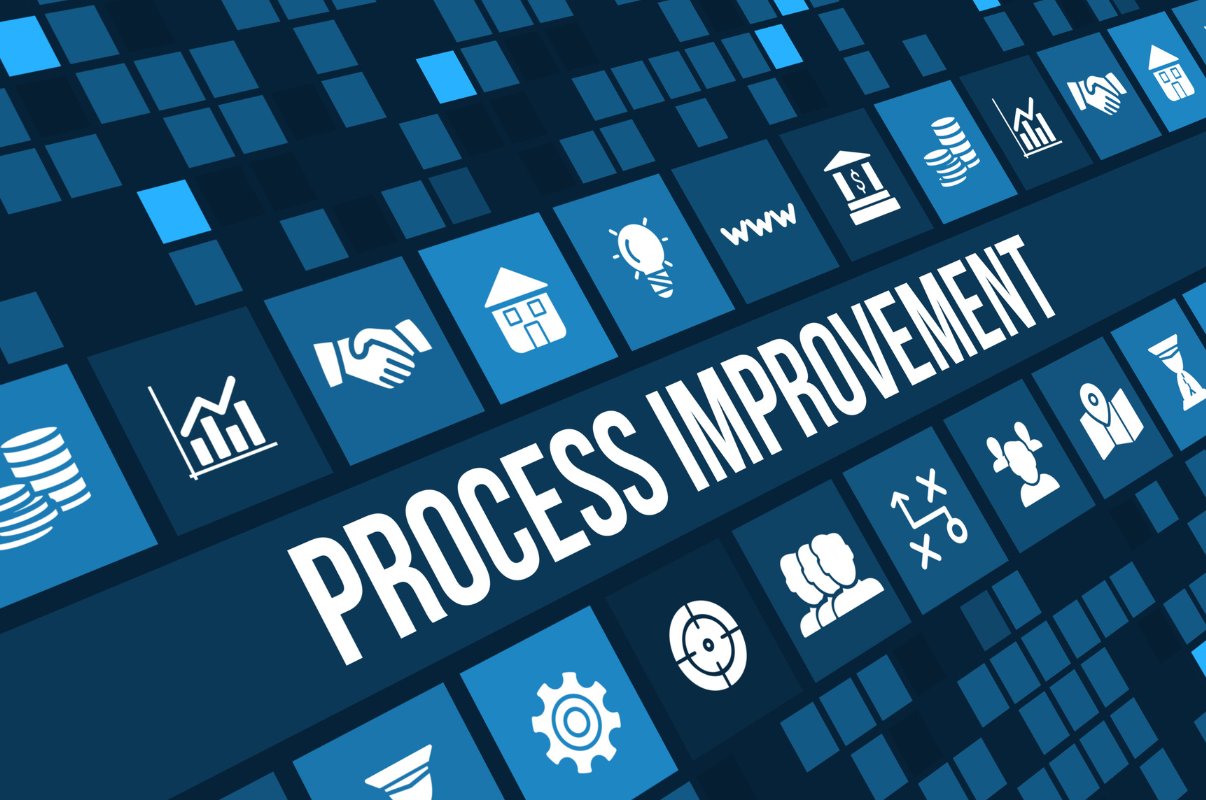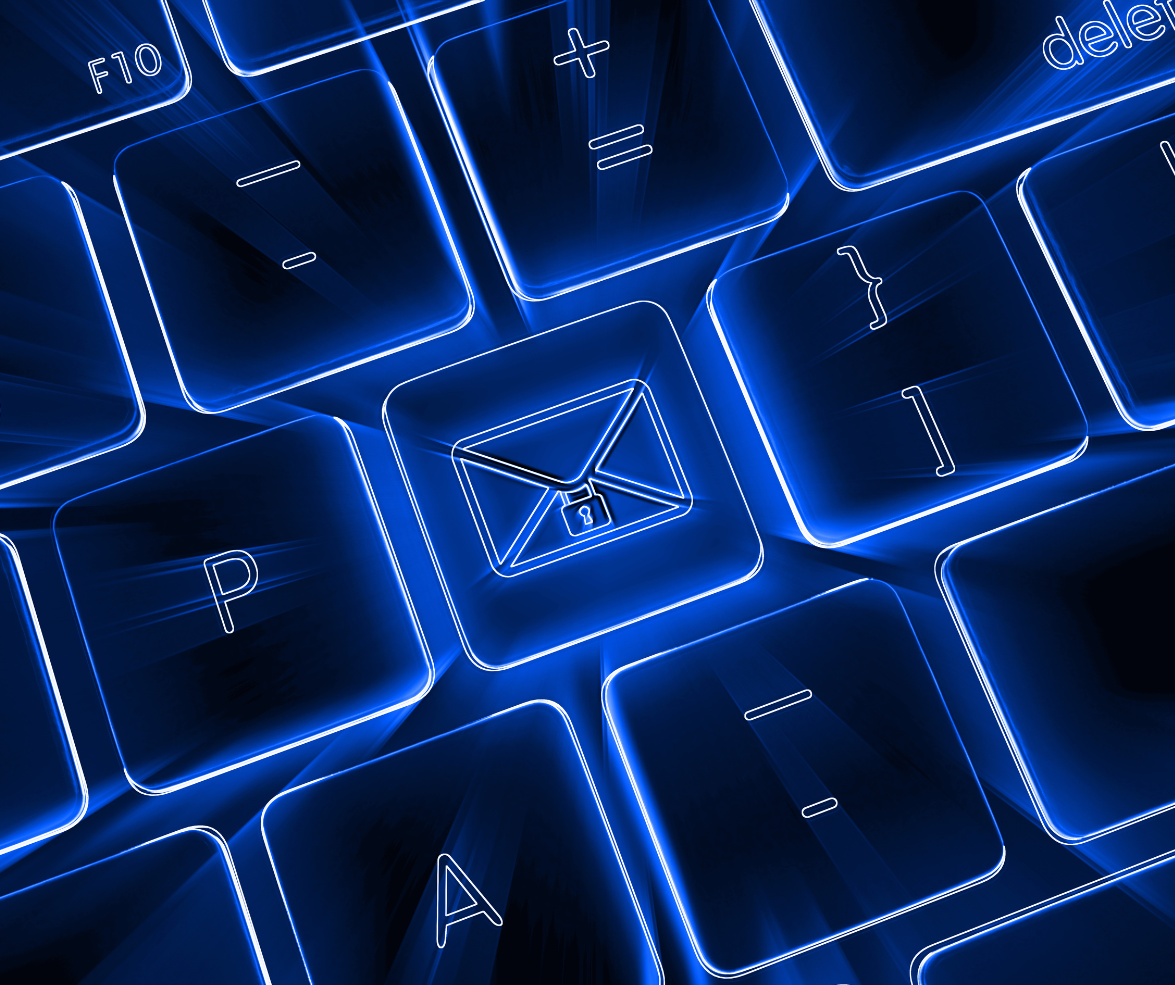In 2022 many business owners in New Zealand and around the world have been faced with rising costs across the board due to a range of factors. Some find it easy to “pass these costs on” to their customers, but in many instances, it isn’t that simple.
Given this, we have been asked to help businesses with technology-based initiatives to make their operations more efficient and thought we would share those suggestions.
Process Improvement
Any business has a collection of processes that are required to make it run. Often these can include some legacy processes (we’ve always done it this way) that are manual, slow or involve significant rework and can benefit by being reviewed and then refactored.
Issue: Ad hoc requests
A client had an internal team that would request various things from the company’s administration team. This engagement was ad hoc requests and often lacked all the information the administration team required in order to be able to respond. The result was administration staff had to follow up to get more information and/or the work was getting lost in the system.
Solution: Structured collection of data
We implemented an online form that the team could use to request work from the administration team. The benefit here was a structured collection of all the required information in an easy to understand and guided way. The forms ensured all the necessary information was captured so administration staff didn’t have to chase staff, resulting in a more efficient, happier outcome for all involved.
Issue: Inefficient task management
A rapidly growing client organisation had lots of action items that management would identify, assign to individual staff and then hold regular meetings to check on the progress of these tasks. This was time consuming for everyone, and outside of the meetings, tasks would often “fall off the radar” of staff, requiring management to chase staff members to get the work completed.
Solution: Automated task tracking
OneCall implemented online task tracking software and were able to digitise the whole process. Tasks would be assigned to staff; they would receive a notification and the software would hold them to the timeframe that was set up. Regular reminders would be sent out automatically and management would have a single dashboard to monitor the state of the assigned tasks.
Issue: Manual, repetitive client processes
Our client required signed account applications from new customers. This process involved the customer downloading a PDF, printing it off, completing the form, signing, and finally scanning it back to our client. Any one of these stages can derail the process and would often frustrate the customer and delay the process for our client.
Solution: Digitised applications
Using digital signing software, OneCall implemented a workflow where our client would send out a pre-populated form that could be completed online and signed in seconds. The resulting signed PDF would then be pushed back into our client’s core application. This meant happier customers who experienced a seamless, modern workflow while engaging with our client and less delay in the whole process.
Increasing Employee Productivity
Employees are reliant on the systems that surround them and it’s very apparent how this affects productivity: bad or inadequate systems result in low productivity due to miscommunication, rework or laborious manual processes, while useful and appropriate systems improve productivity. It’s that simple.
Issue: Remote workers feeling disconnected
Our client had three offices and coupled with this, staff had also begun working from home due to the pandemic. Communication between staff was by email and mobile phone. This resulted in slow, disjointed, confusing communication. Also, their customers often found it difficult to reach staff.
Solution: Full Teams phone integration
OneCall deployed a hosted PBX with Microsoft Teams integration. This allowed their staff the option of using softphones, desk phones, mobile apps or apps such as Teams to make and receive calls, regardless of their location. Also, standardising Teams across the company allowed for IM and video conferencing which improved productivity and engagement from staff overall.
Issue: Loss of valuable client history
Recently a client lost a key member of their sales team and along with them, all the historic knowledge about the customers they were supporting. This meant the new sales employee was starting with limited information about their customer base. We were asked to pull email correspondence and categorise these to make sense of what historic discussions had taken place but in the end this didn’t really fill the gap.
Solution: Introduction of a CRM
To prevent a similar situation arising in the future, the decision was made for us to introduce a CRM into the business. Now all client communication is housed in a central location which has solved the initial problem of retaining a history of communication, but as a by-product has also introduced lots of new productivity tools to help the sales team with their workload. So the benefits are twofold.
Putting in place technology and processes such as those outlined in the examples above can make a significant difference to the overall costs and productivity within organisations of all sizes.
There are other steps which can be taken using technology to help lower costs directly, but we will explore these in a future article.
Hopefully you have been inspired with some ways you can streamline your own operation. If you would like help with determining which processes need reviewing and what technology should be deployed, please get in touch.




